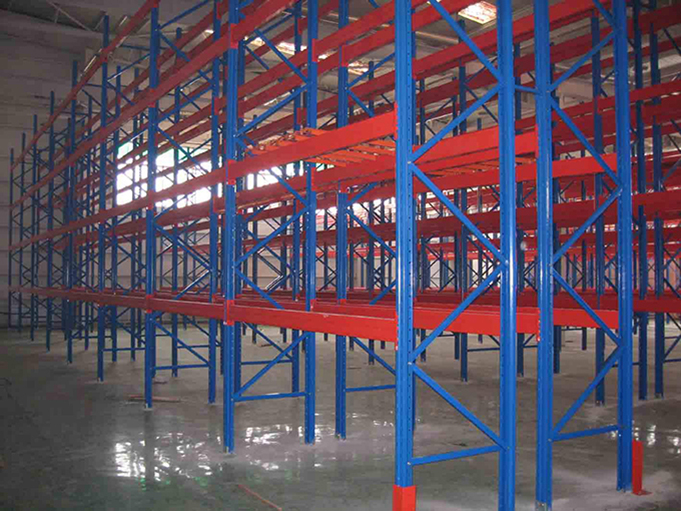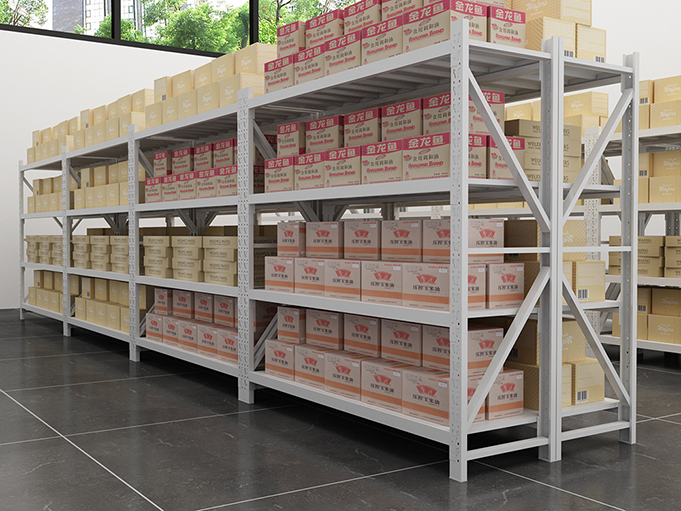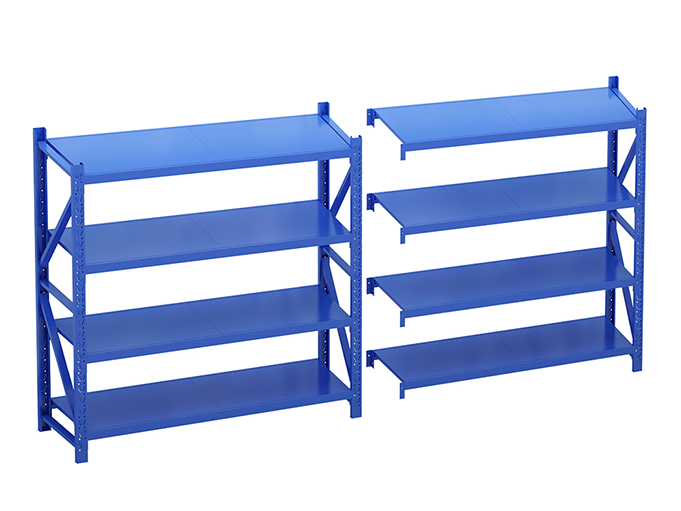During printing and storage, the hue, lightness, and saturation of the printed matter will change. Whether it is a single color ink or two or more color inks, the color may become darker or darker, both inside and outside. The standard of high-quality prints is: a batch of products with consistent darkness before and after ink, colorful, in line with the color and darkness of proof ink. There are many factors that affect the color change of printed materials, and there are roughly the following aspects.
Ink does not resist light discoloration and discoloration
Under the illumination of sunlight, the color and light will change in different degrees. This change can be divided into two types.
1. Fading: Under the action of ultraviolet rays, the ink is poor in light fastness and loses its original bright color. The color becomes light gray. In particular, the color of yellow and red fades faster when light colors of ink and four-color cover printing are used, while cyan and ink fade more slowly.
2. Discoloration: In contrast to black fades in print inks, the color becomes darker under daylight.
Effect of emulsification on the color of the imprint
Offset printing plates are inseparable from the wetting fluid. After offset printing is applied to the water, it is difficult to avoid emulsification. After the ink emulsification, the color is lightened, but after the water evaporates, the original color is restored. The greater the moisture, the greater the emulsification. In particular, inks with completely different degrees of emulsification are mixed together, and the phenomenon of discoloration is particularly prominent.
The relationship between paper properties and imprinting
1. The surface smoothness of the paper. The smoothness of the paper surface is closely related to the copying of the imprint, and an unsmooth paper surface often requires a large pressure. For example, if ink viscosity, fluidity, and ink layer thickness are maintained at a certain amount, increasing the pressure will increase the footprint area of ​​the imprint, and at the same time, the low-lying areas of the paper will still be poorly contacted. For example, the imprinting effect of coated paper and newsprint printed on the same printing plate Big difference.
2. Absorption of paper. The paper's absorbency size is also directly related to the copying effect. If the printing texture is loose, if the ink has large flowability and low viscosity, the paper will absorb more ink layer binder if the capillary pores are larger than the diameter of the pigment particles. Even the pigment can be inhaled, so that the saturation of the print is reduced, and the thickness of the ink layer needs to be appropriately increased. However, increasing the thickness of the ink layer will cause “spreading†and affect the copying effect of the print. For paper with low absorbency, most of the ink film appears on the surface of the paper, giving the ink layer a better degree of saturation.
The effect of paper's permeability on color
The permeability of the paper is large, the thickness of the ink layer is reduced, the pores on the surface of the paper are large, and some of the pigment particles penetrate into the paper. For this reason, the paper with rough surface, loose texture, and large ink flowability should be noticed for discoloration.
Effect of pigments not heat-resistant
In the drying process of the ink, the bright fast-drying type printing ink is mainly based on the oxidized conjunctiva type drying. There is a fixing phase before the offset printing ink dries. Excessive drying will release a lot of heat. If the heat is emitted slowly, it will discolor the thermostable pigment. For example: gold color inks darken and lose their original luster.
During the printing, the sheet is printed on the delivery table and piled up on the delivery table. Due to the excessive stacking, the ink in the middle part of the sheet is oxidatively exothermic and the heat is not easily dissipated, and the temperature is too high and there is more discoloration in the middle part.
Effect of Dry Oil on Imprint Discoloration
The light color ink belongs to the cold color, yellow, green, lake blue and other color ink, do not use red dry oil, because the red dry oil itself with a deep purple, will affect the color of lighter color ink.
White dry oil looks white, but after the oxidation conjunctiva is light brown, if the amount of white dry oil is more, the imprinted dried cocoon will have the possibility of yellowish-brown, and dark-colored ink such as blue, black, purple with red dry oil color Will not be greatly affected.
The Effect of Insensitivity of the Ink on the Color of the Imprinting
Printed paper PH value = 7, neutral paper is the most ideal, inorganic pigments produced by the ink acid, poor alkaline, organic pigments better acid and alkali, especially in the blue, dark blue ink will meet the alkali fade. The yellow color in the case of alkali becomes reddish, and the hot stamped electro-aluminum foil and gold-printed material will turn pale yellow and have no gloss. Zhang is more alkaline weaker, printing later binding production encountered alkaline adhesive, if the packaging and decorating printing products are packaging alkaline substances such as soap, soap, detergent and other substances, we must consider the alkali resistance of ink, Saponification resistance.
Discoloration factors in the storage and use of printed materials
The long-term storage of most printing products will inevitably lead to a pan-yellow phenomenon for several reasons.
1. Fibers in paper contain many lignin and change color. For example, newspapers printed on newsprint are most likely to turn yellow and crisp.
2. Offset four-color dot-printing color printing products, most of the sun exposure, long days, wind and rain, outdoor high-temperature erosion, etc., because the pigment is not light, heat, and discoloration or fading.


